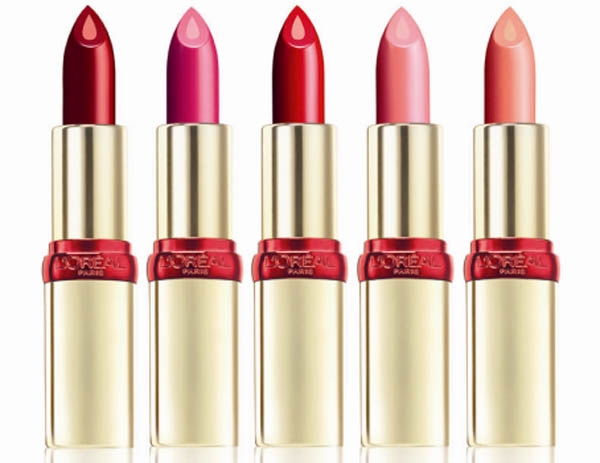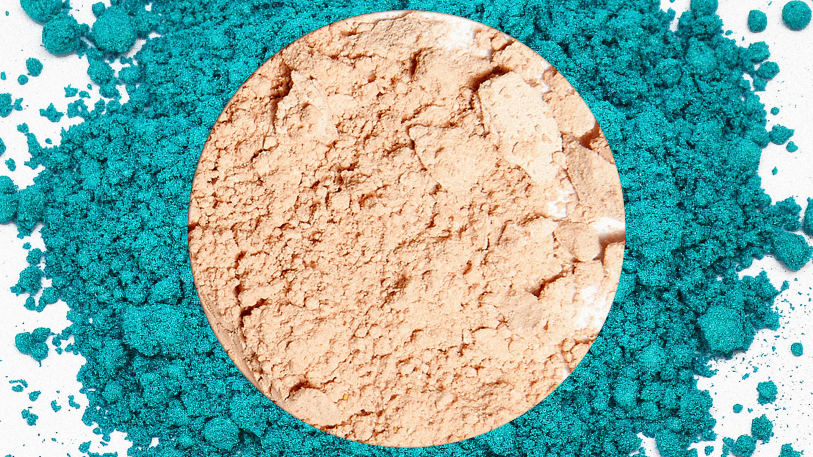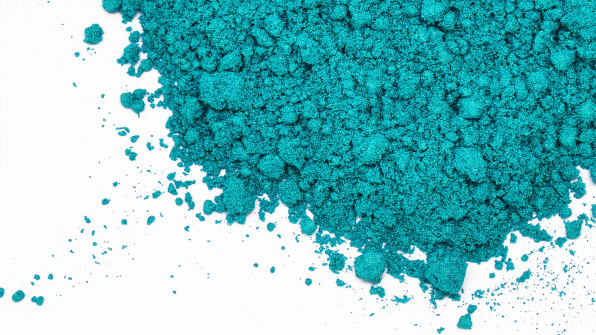How L’oréal Is Becoming A Leader In Sustainability
This post is also available in: PortuguêsEspañol
Hello darlings,
After my trip to Morocco with Kérastase (link of the subject here: euerikasantos.com.br / aurabotanica), where I met the new lineAura Botânica (in which 98% of ingredients are of natural origin), I became even more interested in sustainability. And reading more on the subject, I found a super cool piece of how L’Oréal is becoming a world leader in the subject!
Come and see…

Valued at US $ 13.69 billion and employing around 78,000 people worldwide, the L’Oréal Group is the largest and most profitable company in the cosmetics industry. Between 2005 and 2016, production volume increased in its 34 brands by 29%. But in the same period, the company reduced its greenhouse gas emissions by 67%. “We are really serious about sustainability in all our products and services,” said Alexandra Palt, L’Oréal’s head of sustainability at Fast Company. And that commitment can be the company’s economic success.
Achieving sustainability in the cosmetics industry is not so simple. The entire supply chain in the industry – from where materials are supplied to what happens to discarded packaging of used products – has the potential to profoundly impact the environment. In the beauty industry, an effective sustainability review would look something like: the origin of renewable raw materials; Review of transit and switching routes for electric vehicles to reduce emissions related to transport, for example; converting production facilities to run on renewable energy; Reduce the amount of water wasted in the production process by installing on-site treatment mechanisms; rethink the packaging to use less plastic, or biodegradable materials when possible. It’s a huge and scary challenge, but under Palt’s leadership, L’Oréal is dealing with mastery both through comprehensive employee training programs and through partnerships with sustainable suppliers around the world.

In 2013, the company launched Sharing Beauty With All, a comprehensive campaign to advance sustainable practices across all aspects of the business from source to packaging manufacturing. The goal, says Palt, is to improve the environmental and social profile of all L’Oréal Group products by 2020 and, in the same year, become a “carbon-balanced” company. At the launch of the Women4Climate Initiative, in which 15 mayoresses, represented in the C40 Cities network, committed themselves to training the next generation of women to fight against climate change, L’Oréal announced that it will enter as the company’s first business partner. The cosmetics company will fund university research on gender-specific issues related to climate change and is creating a mentoring program for 500 women working to mitigate climate change in 10 cities. Anne Hidalgo, mayor of Paris and president of the C40, said at the Women4Climate launch that a women-led public-private partnership will be crucial to driving the innovations needed to promote sustainability and reduce climate change.
Within L’Oréal, the strategy is to make these innovations inseparable from the usual functioning of the corporation. While the “Sharing Beauty with Everyone” strategy is now entering its fourth year, efforts to increase sustainability have really started to take off last year, starting with two changes in corporate structure. First, in early 2016, Jean-Paul Agon, CEO of L’Oréal, made the decision to have the Department of Sustainable Development, which Palt leads, inform him directly. Previously, the sustainability team had been part of a larger department, including communication, public affairs and philanthropy, but as sustainable transformation became a strategic priority, the team became more integrated with senior management. Such a strong vision of how a company can transform itself, you have to have a way to turn that strategy into action,” says Palt. By tightening communication lines for top management, Palt’s department has been able to accelerate its plans to increase sustainability.

And from that moment on, the bonuses of all brand managers and managers from each L’Oréal country were linked to the results of three environmental goals: improving the environmental and social profile of their products, communicating sustainability efforts From the brand to the customers, and how the brand is contributing positively to the environmental efforts. Each of these categories, Palt says, is easily measured with key performance indicators. The idea of linking the bonuses to these markers, she says, sends the message that the company’s commitment to sustainability is a part of its business operations , And not separated from them.
This will become more evident this year when L’Oréal introduces its Sustainable Product Documentation Tool – a computer platform developed with the participation of two panels of international experts on the environmental impact of products. The platform will include data on the environmental impact of each raw material, the profile of the packaging, how many emissions were created as a result of the manufacture, the transport of the product, and the effect of the product on the communities involved in its production, Palt.A says. Will be made available to consumers in an effort to increase transparency.
Even before the launch of this tool, L’Oréal has increased its efforts to take responsibility for all sectors of its production cycles. The company has been attacked in the past for using lead and cancer-causing chemicals in several of its products; since 2013, it has reshaped 22% of its products to make use only of raw materials from renewable plant sources like quinoa, which is used in exfoliating skin products. By 2020, the company expects that number to be 100%.
Although L’Oréal recognizes that it will not be possible to be completely carbon neutral by 2020 – Palt’s transportation and product cooling will still create emissions – the strategy of becoming “carbon balanced” is to compensate for the damage already done. L’Oréal is reducing emissions by exchanging renewable energy where possible: building two large solar energy projects at L’Oréal, Kentucky and Arkansas industrial facilities, the company has also installed 12 wind turbines on the roof of its distribution center in Dallas. Palt says these measures will reduce the company’s carbon emissions in the US by 80%.

And where it is not possible to move completely to renewable practices, L’Oréal is a pioneer in the practice of carbon insetting, in which the company supports ways to offset carbon emissions along its supply chain. Her work in Burkina Faso (Africa) is an example: almost 22,000 women in the villages of Burkina Faso harvest the nuts that produce shea butter, which is one of the 10 most used ingredients in the L’Oréal Group; it is found in 1,200 of its products. The production of shea butter, which is one of the main products of Burkina Faso, results in the loss of about 100,000 hectares of forest each year, since the trees are cut to feed the stoves that women cook the nuts. The brand then launched a program through the dozens of shea butter cooperatives in Burkina Faso, training women in sustainable production practices and providing cleaner and more efficient stoves for nuts, which reduce the need for firewood and save women from exposure to smoke.
The program in Burkina Faso, Palt said at the launch Women4Climate, “is not about charity. It is about preparing our company to meet the environmental and social challenges of the world.”

As the world’s largest cosmetics company, L’Oréal is an obvious benchmark in the industry, but Palt does not want the company’s sustainability efforts to be viewed as an attempt to teach other companies a lesson. “We have a responsibility to lead “Palt says, but this responsibility is not motivated by competition: it is fueled by a desire to respond to the very real threat of climate change.” Every year, 1.7 million children die of pollution; People are starving because of climate change, “says Palt. “We can not wait until everyone is on board to start changing our practices.”
– The article above has been translated in full by FAST COMPANY magazine – www.fastcompany.com – photos by ISTOCK –
I am very fan of L’Oréal and seeing the real effort of the company with the environmental and social commitment motivates me even more. So I could not stop sharing with you!
About our impact on the world:

Kisses and keep an eye on the blog and my Insta @euerikasantos!




